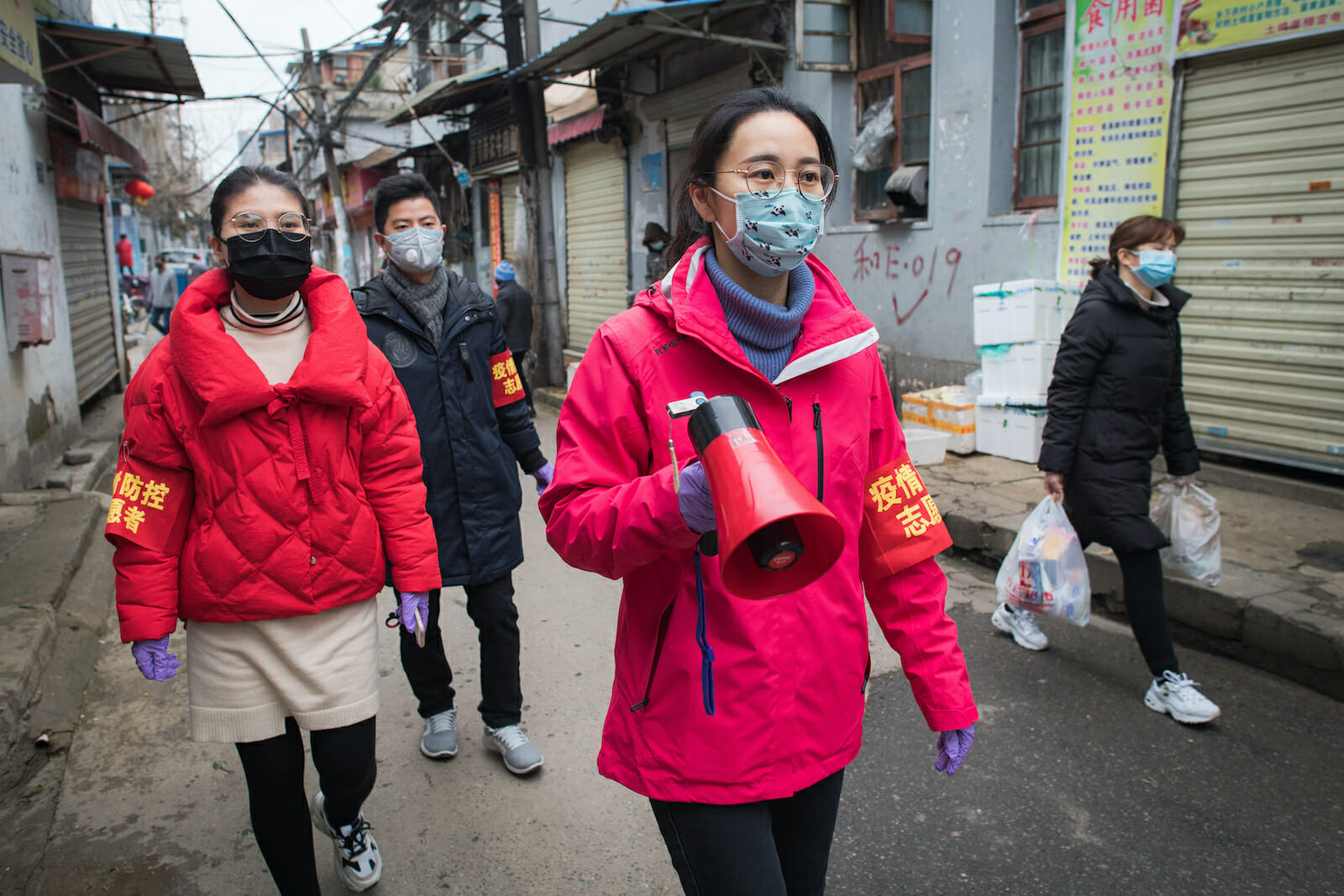
The Viral Blame Game: Xenophobia, Attribution and Coronavirus
Moralising the way diseases and viruses are transferred is a very human, and particularly nasty trait. “We don’t need this kind of riff-raff on our shores,” screamed The New York Times in 1892 in response to Russian Jewish immigrants arriving at Ellis Island by boat. (The occupants hosted lice which, in turn, led to typhus.)
Italian immigrants in the United States would be also accused as being the bearers and spreaders of polio in 1916. Given that many, as a study by Alan Kraut from 2010 documents, lived in “tightly concentrated neighbourhoods, and because immigrants were viewed by many as a marginal and potentially subversive influence upon society, the incidence of Italian polio made a dramatic impact upon the imagination of a public already shaken by the virulence of the epidemic and the youth of its victims.”
In more recent times, the jaundiced eye nervously looked to the origin of HIV/AIDS, seeing dark Africa, exotic primates, bestiality. Ebola, as sociologist Kevin J.A. Thomas notes, received much the same press. When it infected some 28,000 across 10 countries some five years ago, “many people were surprised to learn that four of these cases were diagnosed on US soil.”
Follow the virus, find the maligned scapegoat. For COVID-19 (2019 novel coronavirus), a not negligible spray of suggestions claim that China, from eating habits, to politburo to laboratory, is responsible for cultivation and transmission. One purportedly scientific paper authored by Botao Xiao and Lei Xiao claimed that the supposed origin of the virus – bats carrying CoV ZC45 – “were originally found in Yunnan or Zhejiang province, both of which were more than 900 kilometres from the seafood market [in Wuhan].” As the authors observed drily, “The probability was very low for the bats to fly to the market.”
That paper has since been withdrawn, but the Wuhan Institute of Virology looms large in the conspiratorial consciousness. Why, for instance, did it have the highest security level – biosafety level 4? What were its researchers doing studying coronaviruses from bats? “Speculations,” claims Jon Cohen in Science, “have included the possibility that the virus was bioengineered in the lab or that a lab worker was infected while handling a bat and then transmitted the disease to others outside the lab.”
Such accounts of attribution have paved the way for fanciful presumptions. As a group of 27 public health scientists wrote in rebuke in The Lancet, “The rapid, open, and transparent sharing of data on this outbreak is now being threatened by rumours and misinformation about its origins. We stand together to strongly condemn conspiracy theories suggesting that COVID-19 does not have a natural origin.” The point to keep reiterating, urged the authors, is that “this coronavirus originated in wildlife as have so many other emerging pathogens.”
In the case of coronavirus, the xenophobes have come out barracking, and bigotry has taken root. At the Royal Children’s Hospital in Melbourne, Australia, staff have faced irate patients beside themselves at being treated by those of a certain race. (While not always reported, the imputation about Chinese appearance is never far away.) The Australasian College of Emergency Medicine has also issued warnings of a spike in racist abuse in emergency departments across the country.
Dr. Stuart Lewena, director of emergency medicine at the RCH, spoke of a particular incident. “One of our staff let us know that she had a family refuse to let her provide care for their child on the basis of her race, and what they declared was their concern that she was a risk of spreading coronavirus to them and their child.” To date, the state of Victoria has seen seven of Australia’s 23 confirmed cases of COVID-19. None of these have been transmitted locally within Australia.
Such instances have not been confined to hospital wards or those in need of treatment. Earlier this month, a woman wearing a face mask was allegedly assaulted in the New York City subway at the Grand Street station in Chinatown. An eyewitness reportedly claimed to hear the words “diseased b—-” uttered.
In the detritus of the social media sphere, campaigns combating “coronaracism” have also found legs. #JuNeSuisPasUnVirus made its debut on French twitter feeds in January 2020, and was duly replicated on other platforms such as Instagram. Australia’s own modest contribution to this came from Avani Dias, a journalist pushing the hashtag #DontDumpTheDumplings on February 13. This was, at least in part, intended as a remedy for dramatic declines in the patronage of Chinese restaurants in Sydney’s Chinatown. As Victor Tan, manager of the New Chilli House, told the radio program Hack, “We may not be killed by the virus but instead killed by the business environment.”
An even more concrete suggestion is to circulate material – visual and textual – that focuses on efforts at combating COVID-19. Leave aside the ghoulish images of alien bats and desperate masked Asian faces; focus, instead, on what Amanda Darrach of the Columbia Journalism Review calls “the logistics of providing care – an aspect of the story that involves Chinese people as medical professionals and activists.”
The great COVID-19 legacy will leave far fewer deaths than common influenza when the panic has dissipated. But fingers of stern accusation will continue being pointed, perceptions muddled by race and behaviour will continue to thrive, and losses, be it in terms of personal liberty or finance, will be tremendous.

